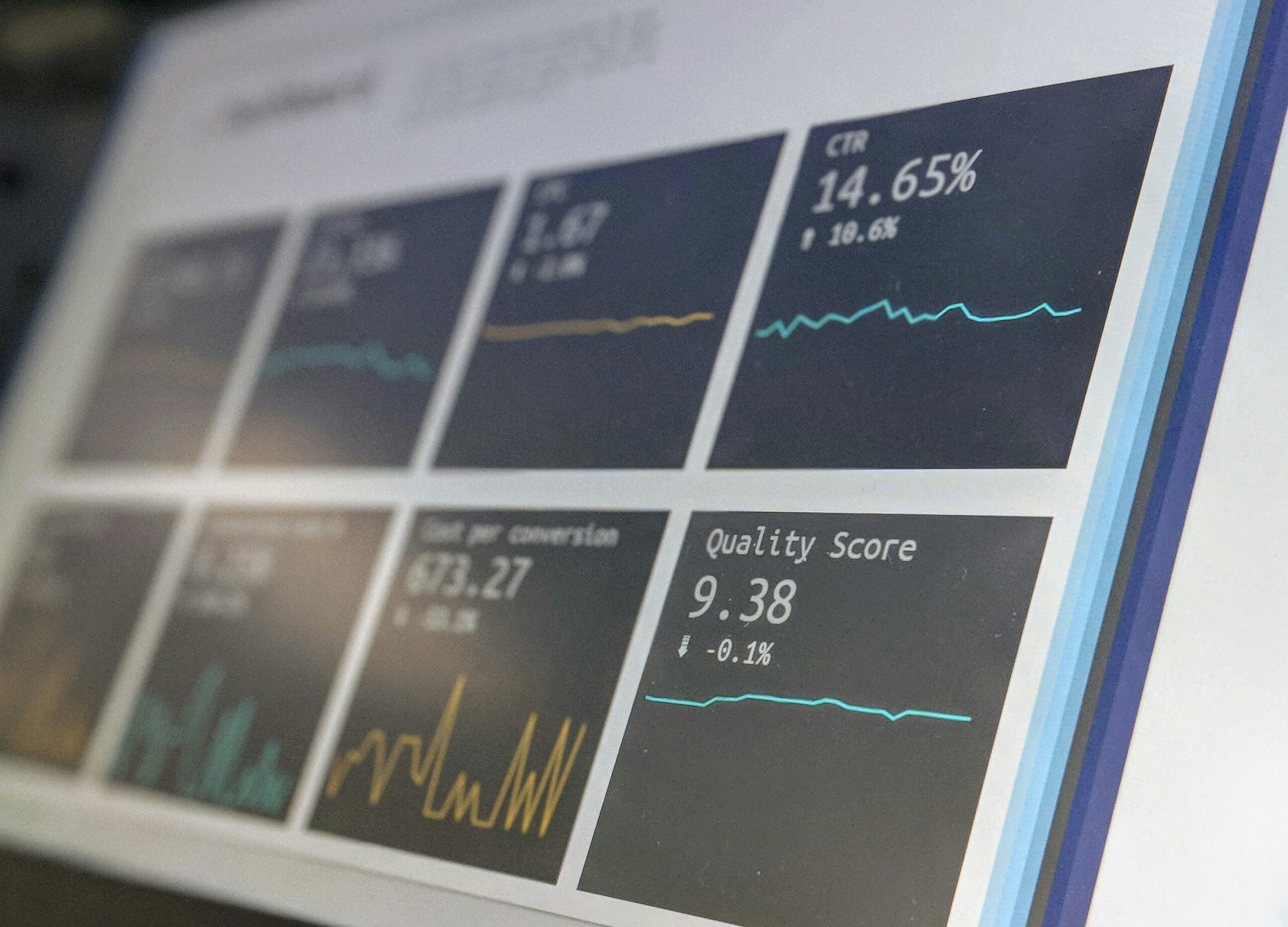Years ago, I was on a project with Mazda North America. We focused on the client experience, and if you have ever bought a car, I need not say more as to why.
They instituted a new policy: no more asking for 10s on surveys. Beyond that, they were no longer asking for surveys to be filled out. They were penalized for mentioning the survey to customers. The thought was that if you gave great service, people would be willing to fill out the survey. The responses would no longer be skewed by encouraging the “good” clients to complete the survey and ignoring the bad.
The car guys hated it. It meant they had to give good service. They weren’t into it. At all.
Last weekend, I was out for breakfast with a friend, and the server hit us with, “My manager bet me five dollars that I couldn’t get a five-star review by the end of the day. Here’s a card. Can you help me prove him wrong, hit that code, and give me a 5-star review?”
I said sure. I didn’t do it. I hate it. I’m not into it. At all.
Then there’s the constant pop-ups on my accounting software, my email software, hell, every site you go to at this point seemingly has a pop-up that says, “Can you give us your feedback and let us know how we’re doing?”
NO. I cannot. Please leave me alone. I’m not into it.
The thing is, I used to fill out the forms. I used to hit “1” to let people know how they were doing after a call when they said, “Hit 1 for a survey.” After all, I’m all about customer experience and feedback for the love! It was as if I couldn’t NOT do it.
Then it hit me. Who’s reading this? What actions are they taking? What difference is this making? What is this really about? Why is it MY job to tell you how you’re doing?
You never get a response saying, “Thanks! We’re going to act on your great suggestion!” You rarely see improvements.
You do spend time formulating responses when time could be spent doing other things.
You do see fabricated 5-star reviews all over the place because people are unaware of the basics of persuasion and influence techniques employed by that breakfast server. They take out their phones and give him a 5-star review to prove his manager wrong! FYI, his manager never said that. Or if he did, he’s doing it to bamboozle 5-star reviews. (I’ve read and taught “Influence” by Robert Caldini many a time–I’m onto their game.)
The other day, I was frustratingly clicking no to all of the pop-ups and felt my blood start to boil. First, I told myself to chill. Pop-ups should not cause that much of a response.
Then I said, “WRONG! I can get as mad as I want to at pop-ups!” I thought to myself — instead of soliciting feedback from random people who might be in a mood because they have been clicking out of pop-ups all day long and giving you a biased opinion, have you thought about experiencing your own product and giving yourself feedback?
Have you had someone from your team open up the site, do some normal client tasks and see how things roll? How they operate? What the experience is like?
There’s a new pay-to-park system in our town, and I know for a fact (not really, but stay with me) that no one who works for Freebird Parking has ever remotely opened, used, or operated that app. Luckily, we are walkable, but the few times we’ve had to use it, it has been INFURIATING. It’s not just us. Walking around town, you see the frustration and hear the mutterings of people trying to use the stupid app. It is horrible.
It’s almost inconceivable how inoperable that app is.
As it’s inconceivable how asking a million people in an annoying way to give you feedback will get you very far.
I am still a huge proponent of creating amazing client experiences. I teach feedback workshops, so I am down with the concept of feedback.
My gripe is the companies that are making their customers do their work instead of experiencing their service for themselves.
What do you want the customer to feel?
What do you want them to do?
What do you want them to know?
What do you want the experience to be?
Answer those questions. Define your experience. Outline how to make it happen. Share the expectations with the team.
EXPERIENCE YOUR EXPERIENCE YOURSELF. Not just once. At different times of the day. With different people. Throughout the year.
That’s when you can determine whether what people receive and experience is what you’re trying to deliver.
You do the work. You give EACH OTHER feedback as to what’s working and what’s not.
Stop making your customers do unpaid and unrewarded work that isn’t theirs to do in the first place.
You take responsibility for designing, delivering, and checking in on the experience you’re delivering.
Because the irony is, by asking your customers, be it through pop-ups or coerced reviews, what they think, you’re doing the opposite of what you want: creating a good experience. You’re breaking trust. You’re turning people away. You are making people rage at pop-ups. You are wasting people’s time.
All of this adds up to people saying ENOUGH and moving on to the company who is doing their own checks, continuously giving each other feedback to improve and learn, and creating an experience where people will say TEN OUT OF TEN, 5 STAR REVIEW, because they genuinely felt it and experienced it.



